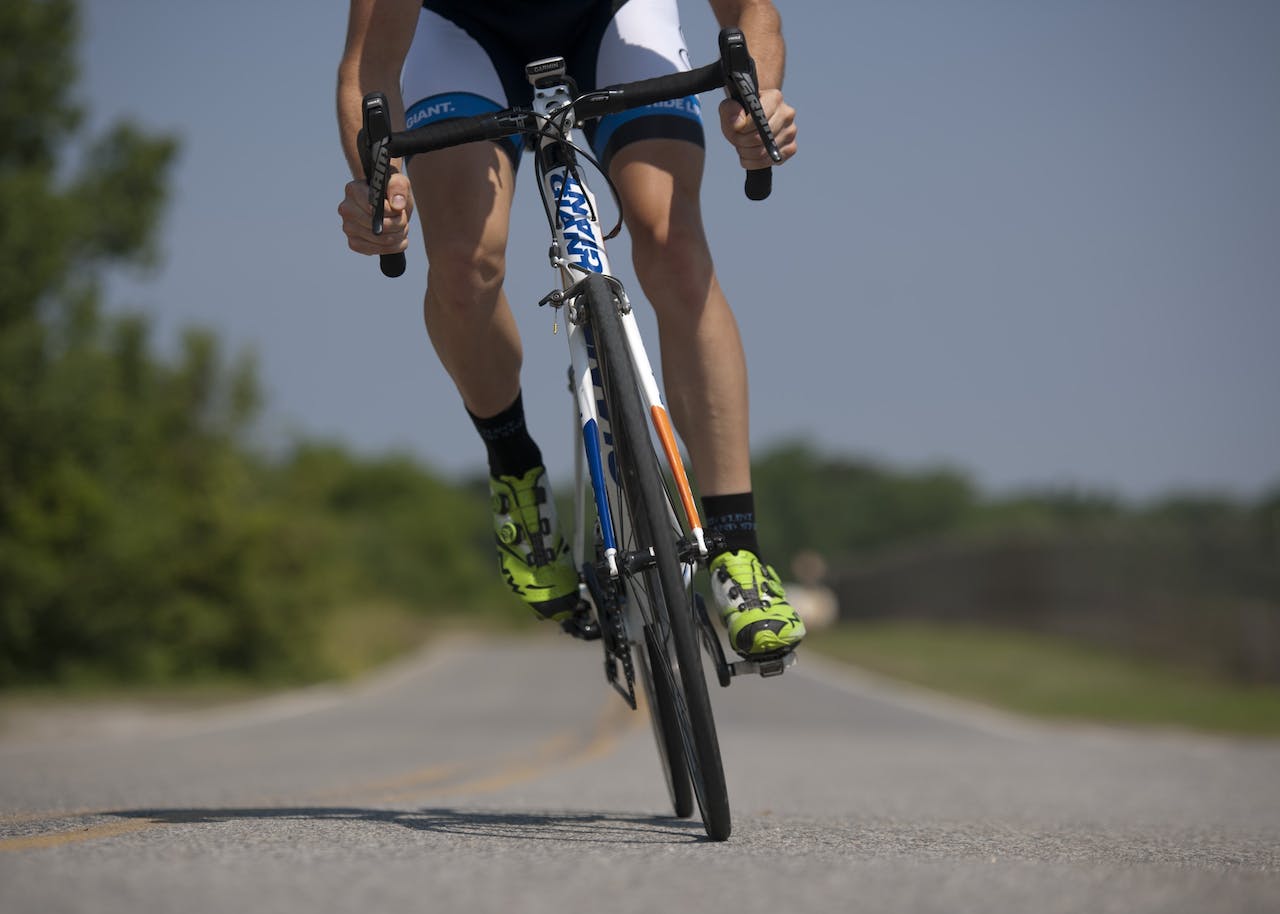Few activities out there can compare to the joy of riding your bicycle and hitting the road. It is as adventurous as it could get to ride your bicycle around the streets of your city or even on a mountain or forest. Unlike cars, you get to actually soak in the beauty and intrigue around you, and unlike walking, you get to cover more grounds in shorter periods of time. While anyone can become a cyclist, there are some things that you need to know first, like how to look after your own bicycle. These maintenance tips will help you keep it in excellent shape, and you can do them all yourself.
1. Cleaning the bicycle
One of the most important factors affecting the longevity of a bicycle is how well you clean it. For starters, you need to keep the drivetrain and chains pretty clean, or else you risk having the metal parts rubbing against each other, not to mention dust and grime. This creates those annoying rattling and squeaking sounds that you so often hear if you neglect cleaning it for a while. So, you need to regularly clean it with degreaser and rags, not to mention a screwdriver if the gunk is too thick. Watering it with a hose and some soap also helps clean the dirt.
2. Lubrication
Another angle a lot of people seem to forget is the importance of properly lubricating the bike. If you don’t regularly lubricate it at least once a month, you will risk having the bearing grinding and the entire mechanics of the bike will become a mess. You need to use the oil carefully, though, because putting too much can attract a lot of dust and make things worse. So, lube your chain using dry Teflon lube so you could protect the mechanical parts such as the Aire Velo Bearings.
3. Working on the suspension
This is an option mainly for mountain bikes, which need suspension systems to handle the rough terrain in a way that wouldn’t damage your bicycle every time you take it for a ride in the mountains. As explained in this resource, the first thing you need to check when it comes to the suspension is the fork. You need to push down on the handlebars to make sure that the dampeners work exactly as they should. If you get a feeling that it is not as smooth as it should be, then you might have a problem with your suspension systems. Make sure the stanchions don’t have any spilled oil, because that would mean you have a leakage and your seals need to be replaced.
4. Setting the tire pressure
Needless to say, setting your tire pressure is imperative for avoiding any trouble on the road. You really don’t want to get stuck in the middle of nowhere with a flat tire, because you neglected to check before you rode. It’s also quite simple. You just need to get a gauge to learn the reading, and use a floor pump with a pressure gauge until you achieve the optimum reading. Pro tip: make sure the back tires have a bit more pressure because they carry most of the weight.
5. Checking the brakes
This step is definitely among the most important things that every cyclist should know. Going on the road with bad brakes is a recipe for disaster, and it could end in serious injuries, if not worse. Check the brake pads and make sure they’re tightly wound so you could actually stop the bicycle when you need to. And make sure they’re in good condition; if not, they need to be replaced. After that, the brake cable also needs inspection for wear and tear. If it’s in a bad shape, you should replace it. Be sure to consider getting help from great options like bike shop morphett vale and others.
6. Learning how to handle a flat tire
Nobody likes having a flat tire, but it happens, and every cyclist should know how to handle that situation. The first thing you need to learn is how to remove the tire from the rim, and you’ll find dozens of videos online to help you with that one. You’ll also need to master using a tire lever and learn how to repair a flat bicycle tube.
There are thousands of helpful resources online at your disposal, and you should take advantage of that fact. Watch videos and read tips on every detail from cleaning the bicycle to replacing any broken bits. This will help you understand much more about your own bike and help you deal with any situation. While it may entail some effort, the ride is definitely worth it.

